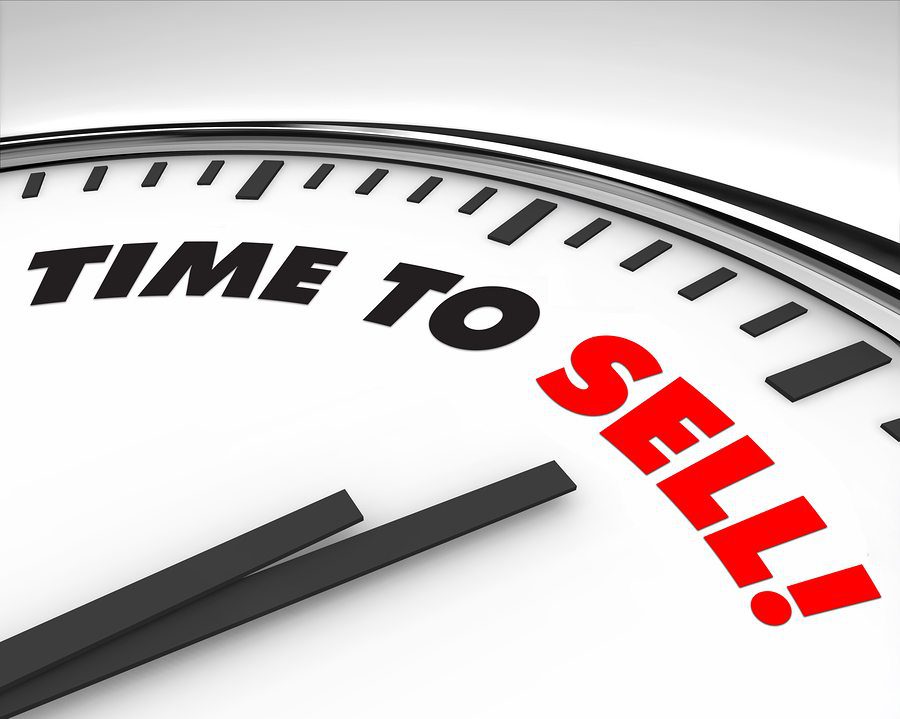By Laser 1 Technologies
Buying or Selling: How Much is a Business Worth?
Entrepreneurship is on the rise, and recent statistics show that the buying and selling of small businesses is at a high. According to BizBuySell’s Q1 2017 Insight Report, which aggregates statistics from business-for-sale transactions reported by participating business brokers nationwide, the number of transactions in the first quarter of 2017 increased 29% from the previous year. The businesses themselves have stronger financials than previously: median revenue for these companies were up 8.4% and cash flow was up 6.6%. BizBuySell started tracking this data in 2007, and 2017 has the highest numbers they’ve seen. Additionally, the median sale price increased almost 8%.
The reasons are myriad, but doubtless include improved access to financing, a relatively strong economy, and baby boomers electing to get out of business in favor of retirement or other pursuits.
All business owners and potential business owners have considered the prospect of buying and selling. They quickly realize buying and selling a small business is quite a different beast from buying and selling commercial or residential property.
Today we’ll talk about one central challenge: how to valuate a business, whichever side of the transaction you might be on.
It’s hard to calculate the worth of a small business because:
- Many small businesses are owner-operated and possibly founder-operated. After years of devotion, sweat and toil, the seller simply can’t be objective.
- Sometimes the seller “is the business” — their service, skills and personality are so intrinsically part of the business that a new operator will inevitably represent a major shift. This is typical in professional practices and other situations where the owner has a special relationship with the customers.
- Two businesses are seldom alike, so “comps” are of little use. Each potential transaction tends to stand alone, with the arguable exception of franchises like Subway, Ace Hardware or Massage Envy.
A standard strategy for assigning a sale price to a business involves determining annual profit and applying a multiplier, usually between 2 and 4, to come up with a selling price. BizBuySell.com recently compiled data from all closed small business transactions listed on their website for the prior calendar year, by geographic market. The average multiple for businesses sold in 67 markets across the Unites States was 2.31. Determining a multiplier is a common tool, but not a concrete one–an art, not a science. However, it does help both parties compare apples to apples.
The financial status of the business may be more concrete than the multiplier, but it’s still ultimately subject to interpretation. It is based on figures generated in documents like these:
- Income statement: shows gross revenue, costs, and how much the business lost or made each year.
- Cash flow statement: shows how much money was received and spent out of the business and how business assets consequently changed.
- Balance sheet: shows the value of tangible assets owned by the business minus the liabilities owed by the business.
- Cash flow: also called the seller’s discretionary earnings statement, shows how much the business earns after deducting non-recurring and discretionary expenses
Buying and selling businesses is not a quick and casual affair. Unless you have some serious financial chops in accounting and bookkeeping, consulting with an expert will help ensure that you know what you are getting into and reinforce your ability to negotiate, whether you’re on the buying or the selling end of a transaction.




